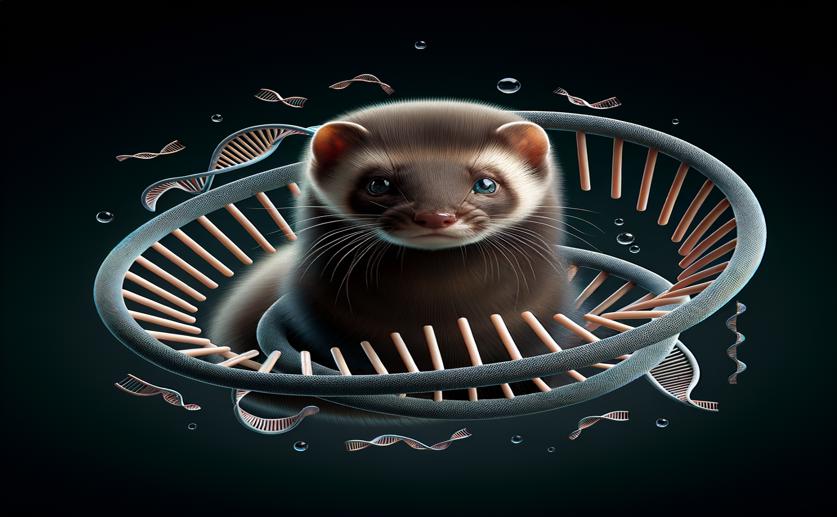
Key Genetic Regions Linked to Growth and Feed Efficiency in Mink
Jim Crocker
11th July, 2024

Image Source: Natural Science News, 2024
Key Findings
- Researchers at Dalhousie University studied American mink to understand how homozygosity affects growth and feed efficiency
- They identified 196 consensus ROH regions, with 13 significantly linked to growth and feed efficiency traits
- Ten ROH regions, called ROH islands, were found in over 80% of the population, containing genes related to immune system functions
References
Main Study
1) Identification of consensus homozygous regions and their associations with growth and feed efficiency traits in American mink
Published 10th July, 2024
https://doi.org/10.1186/s12863-024-01252-8
Related Studies
2) Runs of homozygosity: current knowledge and applications in livestock.
3) Runs of homozygosity: windows into population history and trait architecture.
4) Genome-wide scan for runs of homozygosity in Asian wild boars and Anqing six-end-white pigs.
5) Genome-wide detection of genetic structure and runs of homozygosity analysis in Anhui indigenous and Western commercial pig breeds using PorcineSNP80k data.



 3rd July, 2024 | Jenn Hoskins
3rd July, 2024 | Jenn Hoskins